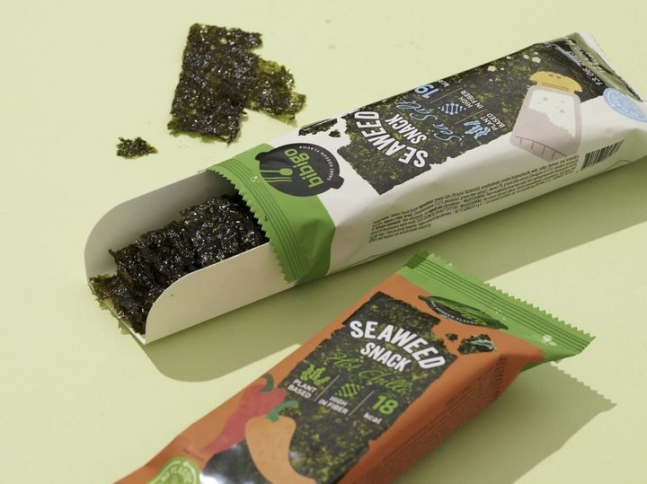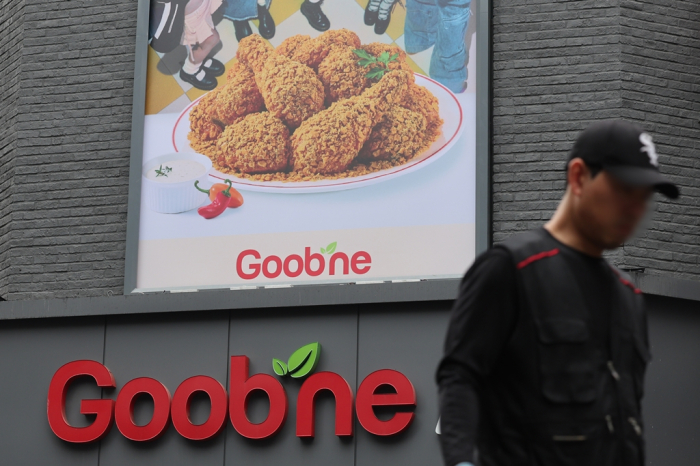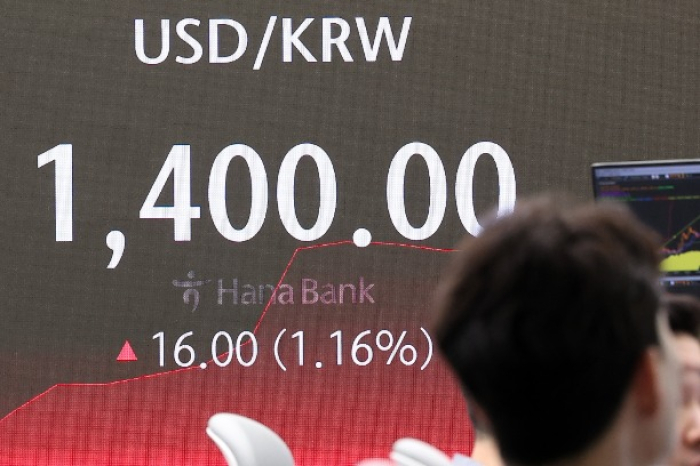Economy
In Korean food prices, everything’s up: Now it’s dried seaweed's turn
The Korean government’s grip on prices is expected to weaken following the general election defeat
By Apr 18, 2024 (Gmt+09:00)
3
Min read
Most Read
LG Chem to sell water filter business to Glenwood PE for $692 million


KT&G eyes overseas M&A after rejecting activist fund's offer


Kyobo Life poised to buy Japan’s SBI Group-owned savings bank


StockX in merger talks with Naver’s online reseller Kream


Meritz backs half of ex-manager’s $210 mn hedge fund



First, it was groceries. Then came fried chicken and hamburgers. Now, it’s seasoned seaweed products, chocolate and ice creams.
As in other countries, food prices in South Korea keep going up -- with everyone biting their nails, hoping for moderating prices of everyday food and goods soon.
Chances are slim, however, as price hikes are not just limited to Korea but universal.
Also, the Yoon Suk Yeol government’s grip on consumer prices is expected to weaken following the April 10 generation elections, in which Yoon's party suffered a crushing defeat, analysts said.
On social network services, it’s not uncommon to see posts saying “While dining out costs climb, eating in also costs us a lot.”

Over the past week, fried chicken and hamburger franchises in Korea sharply bumped up their food prices, pent up for several weeks before the parliamentary election.
Goobne Chicken, a roasted chicken franchise company, raised the prices of its nine menu items by 1,900 won ($1.36) each, or by double digits, on Monday.
Processed food companies are set to follow suit after almost freezing their prices over the past year in line with the government's policy efforts to keep inflation under control.
Lotte Wellfood Co. and other domestic food companies recently proposed to the government that they raise the prices for seasoned seaweed, chocolate and other food by 15-30% on average.

NOW, IT’S GIM’S TURN
According to industry officials, Sung Gyung Food Co., a leading Korean maker of seasoned laver, called gim or kim in Korean, recently raised gim prices by 10% on average.
Sung Gyung Food’s rivals such as Kwangcheonkim Co. and Dae Chun Foods Co. have also raised their gim prices by up to 20%.
Bigger food companies, including Dongwon F&B Co. and CJ CheilJedang Corp., are only days away from taking similar steps, analysts said.
Gim price hikes have been anticipated.
According to the Korea Maritime Institute, the wholesale price of dried seaweed rose 33.7% last month from a month earlier. Compared with the year-earlier period, prices surged 78%, data showed.

The global fever over Korean food or K-food, including gimbap (kimbap), or seaweed-wrapped rice rolls, has also led to a gim supply shortage, driving gim prices higher.
The country’s exports of dried seaweed reached a record 1.03 trillion won, or $790 million, in 2023, up 22% from the previous year, according to the Korea Customs Service.
‘CHOCOFLATION’
Chocolate prices are also flying high, buoyed by price spikes of cocoa, which have never been so expensive.
Lotte Wellfood, the maker of Ghana Chocolate, plans to hike prices of its chocolate and ice cream products by 12% on average on May 1.
On the New York Futures Exchange, the price of cocoa futures hit an all-time high of $11,001 a ton on Monday, up 150% from the start of this year.
Cocoa prices have hovered around $2,000-$3,000 a ton over the past decade.

Sugar prices are also on an uptrend.
CJ CheilJedang has hiked the prices of its white sugar products by 14% on average over the past year.
The Korean currency’s steep decline versus the US dollar has added upward pressure on food prices.
Last week, the won weakened to its lowest level in 17 months against the dollar after stronger-than-expected US inflation data dented hopes that the Federal Reserve and the Bank of Korea will move to support their economies.
Write to Hun-Hyoung Ha at hhh@hankyung.com
In-Soo Nam edited this article.
More to Read
-
 Foreign exchangeKorean won at 17-month low on Middle East woes, Fed rate view
Foreign exchangeKorean won at 17-month low on Middle East woes, Fed rate viewApr 16, 2024 (Gmt+09:00)
4 Min read -

-
 EconomyKorea’s rate cut hope wanes with inflation above 3% in March
EconomyKorea’s rate cut hope wanes with inflation above 3% in MarchApr 02, 2024 (Gmt+09:00)
3 Min read -
 Korean foodAfter frozen Kimbap craze, here comes Korean street food
Korean foodAfter frozen Kimbap craze, here comes Korean street foodFeb 01, 2024 (Gmt+09:00)
3 Min read -

Comment 0
LOG IN


